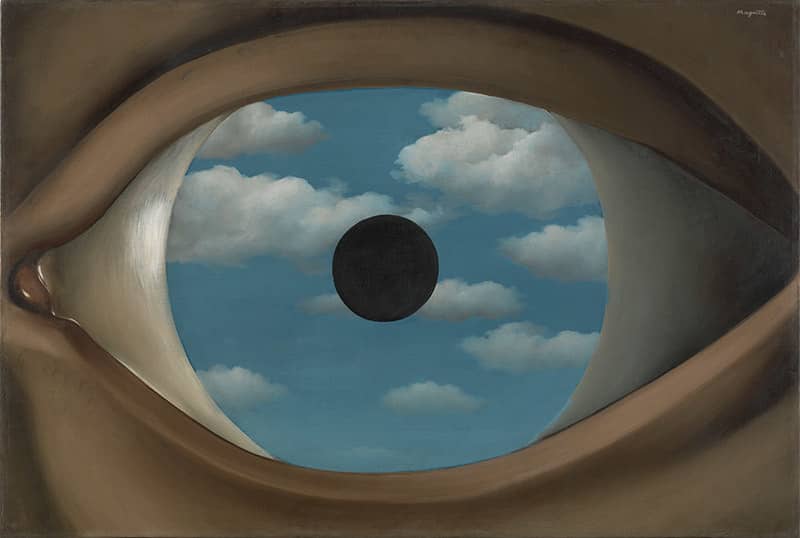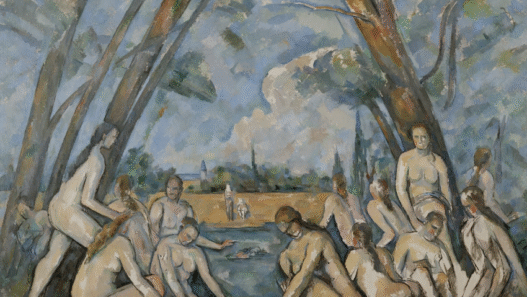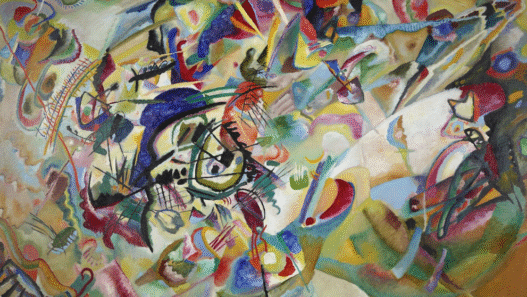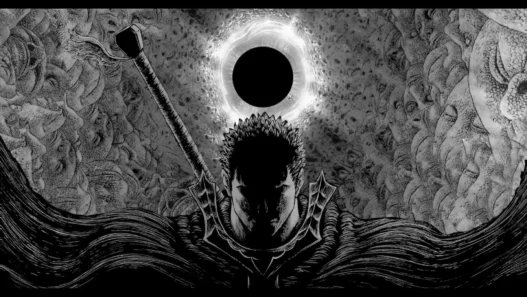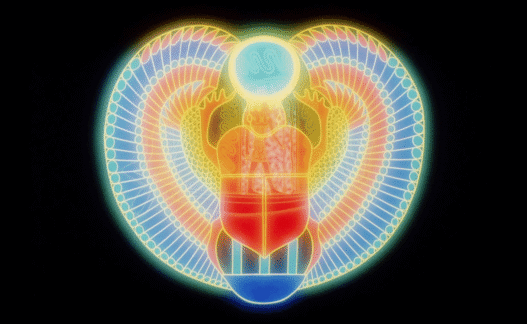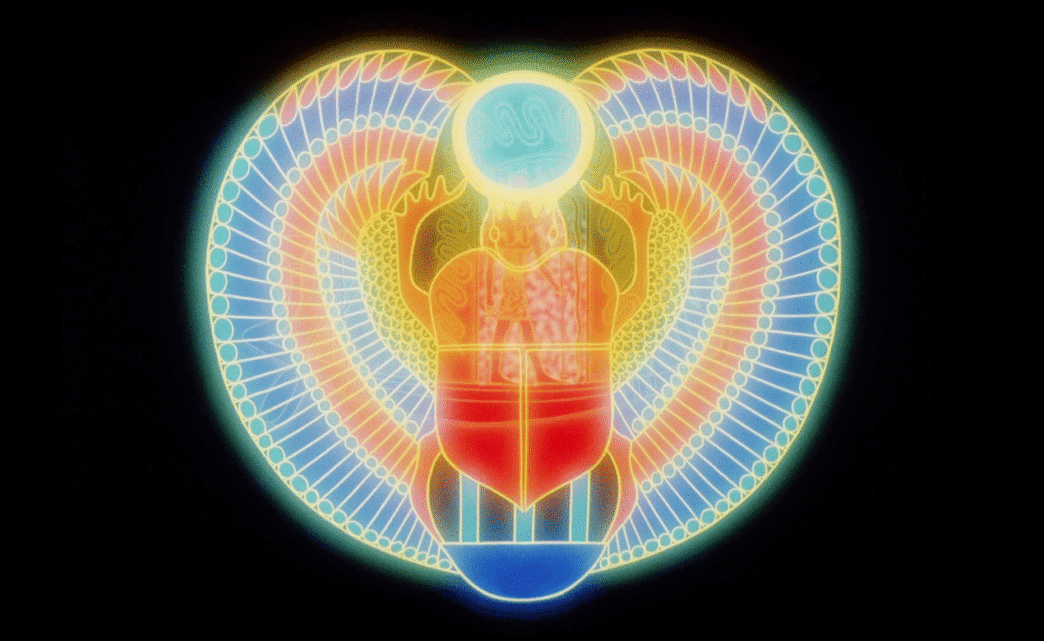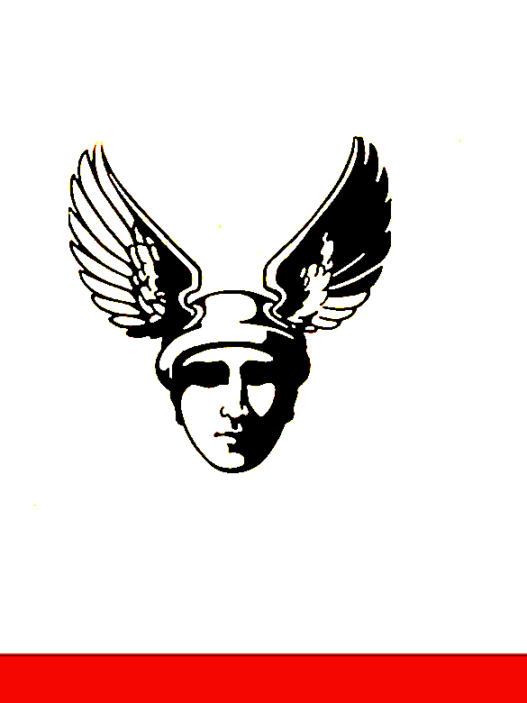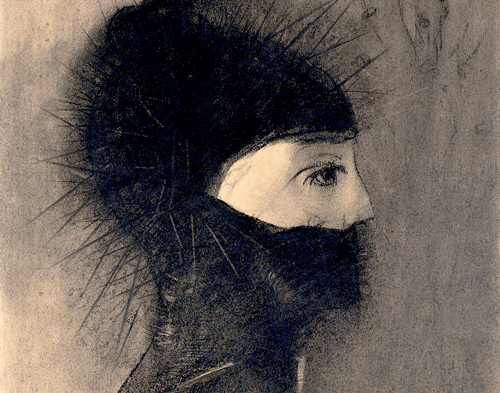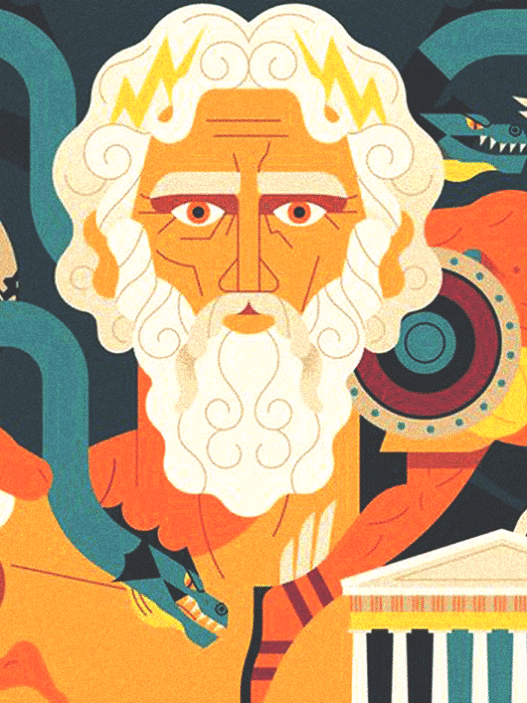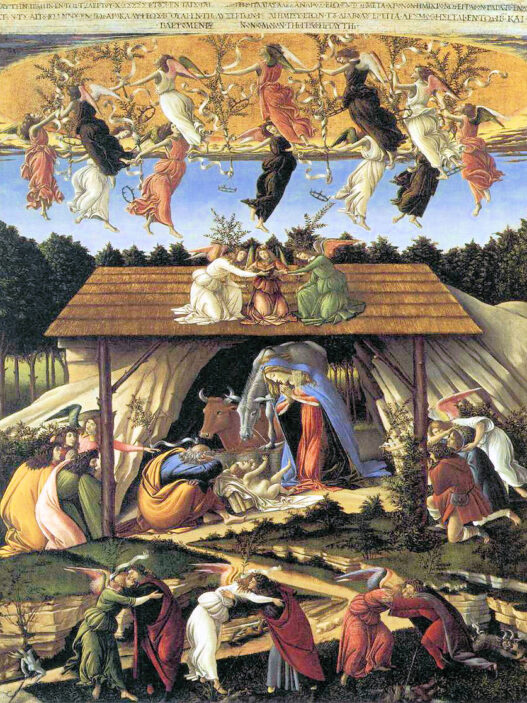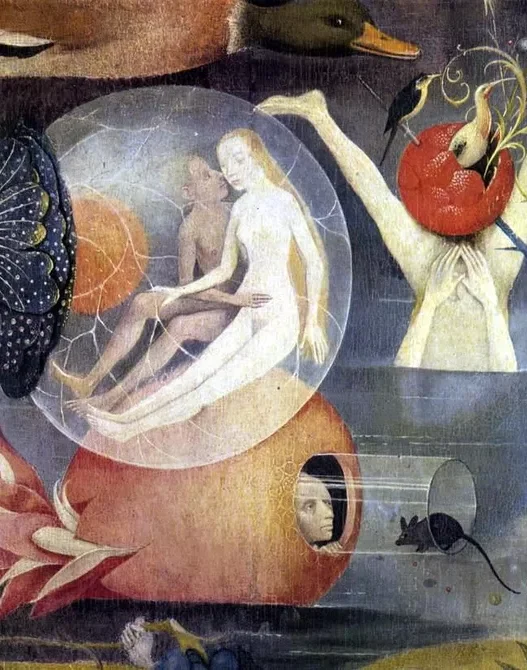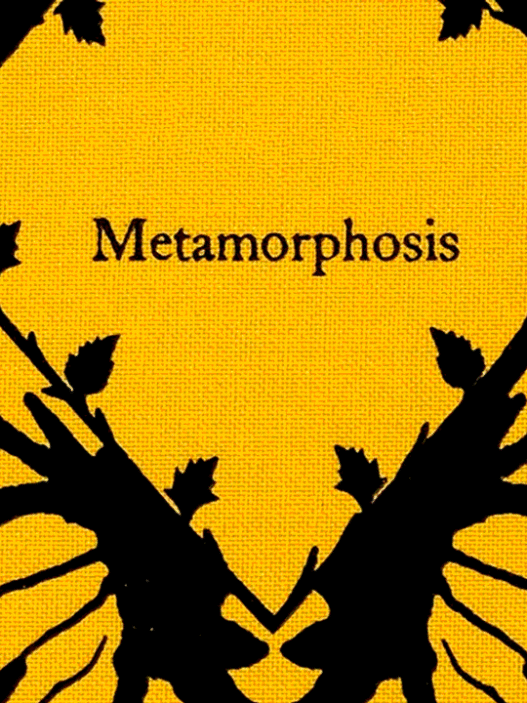The Sun has been a central figure in mythology throughout human history. As the giver of life, light, and warmth, it’s no surprise that many ancient cultures personified the Sun as a deity. From Ra, the Sun God in Egyptian mythology, to Apollo in Greek mythology, solar deities have been worshipped for millennia.
This article explores the significance of the Sun God in ancient cultures, focusing on figures like Ra, Apollo, and Helios, and examining how these solar deities shaped mythology and religious practices.
The Sun God in Egyptian Mythology
In Egyptian mythology, the Sun God is Ra, one of the most important deities of ancient Egypt. Ra was believed to be the creator of all life and the ruler of the skies. He was often depicted with the head of a falcon and a sun disk above his head, representing the Sun’s radiant energy. Ra’s journey across the sky during the day symbolized the cycle of life, death, and rebirth, with his descent into the underworld at night symbolising the passage into the afterlife.
As the Sun God, Ra was considered the source of all life and the divine force that sustained the world. The ancient Egyptians believed that Ra’s daily journey across the heavens was an act of creation and renewal. He was also associated with Amun, another powerful deity in Egyptian mythology, forming the combined god Amun-Ra.
Ra held a central place in Egyptian religion and was believed to govern both the physical and metaphysical worlds. As the Solar deity, he represented not only the Sun but also the power of the Pharaoh, who was seen as Ra’s earthly representative.
The most important representation of the Sun God Ra in Egyptian art is the “Ra in His Solar Boat”, which symbolises his daily journey across the sky and his role in life’s cycle.
The Path of the Sun God
The Journey of Amun-Re
This wall painting from the Tomb of Seti I (KV17) captures the nightly voyage of the sun god Amun-Re through the underworld.
Every detail is rich with meaning: the boat represents safe passage, the figures surrounding the god embody protective deities, and the dark backdrop reflects the challenges of night. By breaking down these symbolic elements, we see not just a decorative image, but a visual story of renewal, cosmic order, and the eternal cycle of life and death that was central to ancient Egyptian belief.
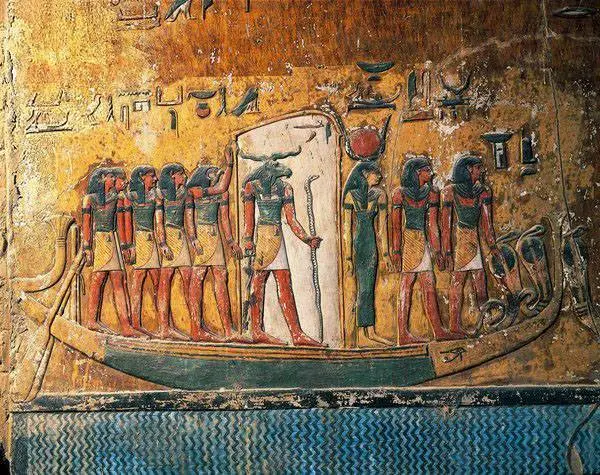
Key Elements
Solar Boat: Ra is depicted sailing in his boat, symbolising his movement through the sky from dawn to dusk. This journey represents the cycles of life, death, and rebirth.
Solar Disk: Often shown with a solar disk above his head, Ra is recognised as the sun god. The disk may have a cobra around it, symbolising his protective power.
Ra as Creator: Ra is the creator god who brought life to the world. His rays are seen as life-giving, touching the earth and sustaining all living things.
Underworld Journey: At night, Ra travels through the underworld, battling the serpent Apophis. This struggle represents the eternal fight between light and darkness.
Associations with Other Gods: Ra is often depicted with gods like Osiris and Horus, showing his importance in the divine order. His role as the creator and sustainer of life is highlighted.
These representations embody Ra’s power, his connection to life, and the eternal cycle of renewal, making him a central figure in Egyptian mythology.
Ra was also a symbol of kingship and order, and the Pharaohs often identified themselves with him to legitimise their rule. Temples dedicated to Ra, such as the famous Temple of Karnak, were constructed across Egypt, making him one of the most widely worshipped deities in ancient Egypt.
The Sun God in Greek Mythology
In Greek mythology, the Sun God was Apollo, who was associated not just with the Sun, but also with light, music, and prophecy.
Apollo was often depicted as a young man driving the chariot of the Sun across the sky, bringing light to the world.
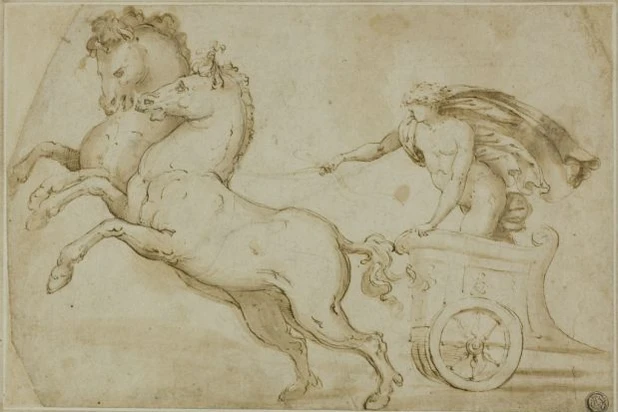
While Helios, another Greek god, was originally believed to be the personification of the Sun, Apollo later became the dominant figure representing the Sun in the Greek pantheon.
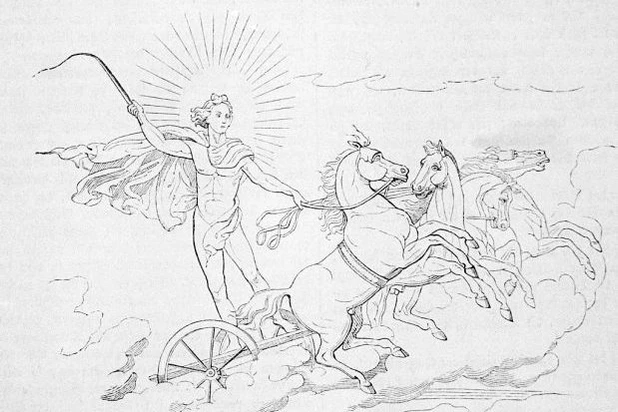
Woodcut of Helios riding a chariot in the sky. (Photo by Getty Images)[/caption]
Apollo’s journey across the sky symbolised the passage of time and was closely linked to the changing seasons, much like Ra’s daily journey. However, while Ra was seen as the ultimate creator, Apollo was more of an idealised figure of beauty, balance, and the arts.
Helios vs. Apollo: Differences in Greek Mythology
While both Helios and Apollo were associated with the Sun in Greek mythology, their roles and attributes differed.
It’s often noted that Helios was the earlier Sun God in Greek mythology, described as a titan who drove the Sun’s chariot across the sky each day.
In ancient Greek religion and mythology, Helios (/ˈhiːliəs, -ɒs/; Ancient Greek: Ἥλιος pronounced [hɛ̌ːlios], lit. ‘Sun’; Homeric Greek: Ἠέλιος) is the god who personifies the Sun.
His role was more literal. Helios was the physical Sun, and his journey represented the rising and setting of the Sun. This mimics Ra’s daily voyage across the sky in his solar barque, where he travelled from east to west, bringing light to the world by day and journeying through the underworld by night.
Later, Apollo became closely associated with the Sun, though his focus expanded to include music, healing, and prophecy.
Apollo’s connection to the Sun was more symbolic, as he came to represent a higher, more idealised form of light.
While Helios was a titan, Apollo was a Olympian god, and his powers were often depicted as being more spiritual and cosmic than those of Helios.
Sun God Symbolism in Ancient Cultures
Across various cultures, the Sun God was often seen as a symbol of life, creation, and cosmic order. The Sun was crucial for agricultural societies, and many civilisations, from the Egyptians to the Aztecs, recognised the Sun as a divine force that influenced their daily lives.
In Mesopotamian cultures, the Sun God was often associated with the god Shamash, who was seen as a bringer of justice. The Aztecs had Huitzilopochtli, their Sun and war god, who was believed to rise every day to fight the forces of darkness. Similarly, in Inca religion, Inti, the Sun God, was venerated as the ancestor of the Inca people.
Art with Symbols of The Sun God Solar Across Civilisations
Art featuring symbols of the Sun God often referred to as Solar has appeared across civilisations as a powerful expression of divinity, life, and authority.
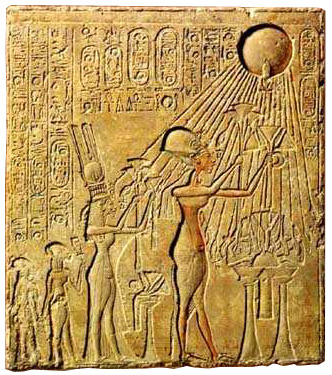
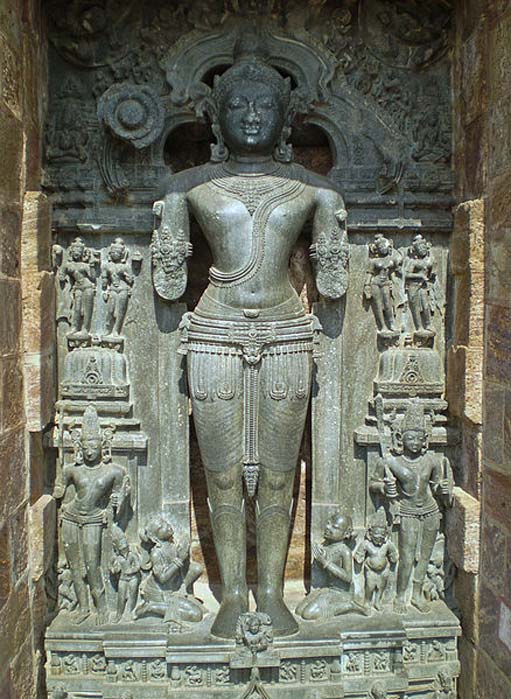
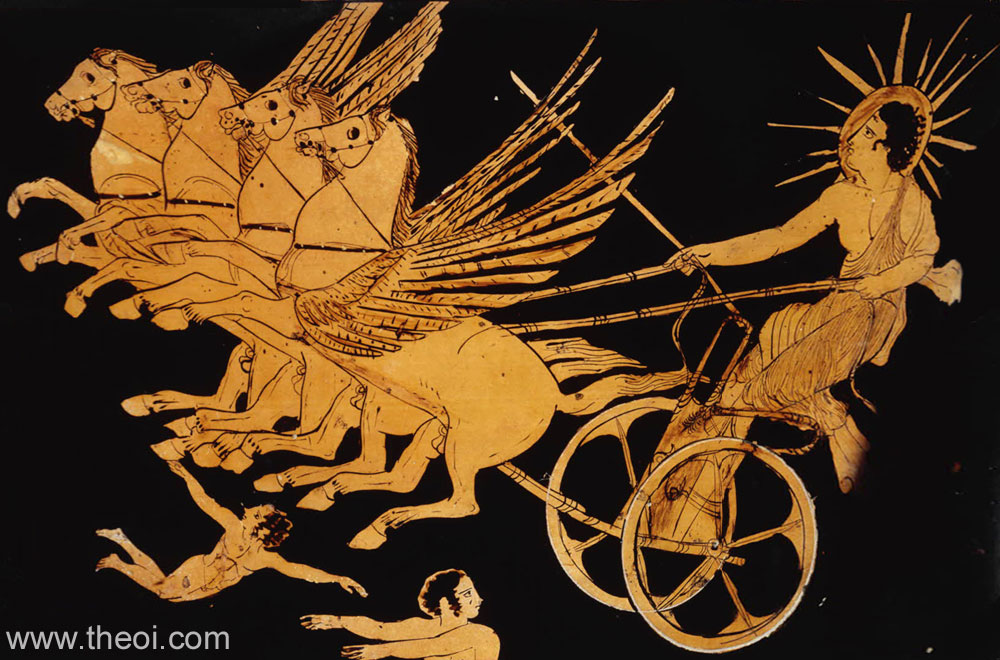
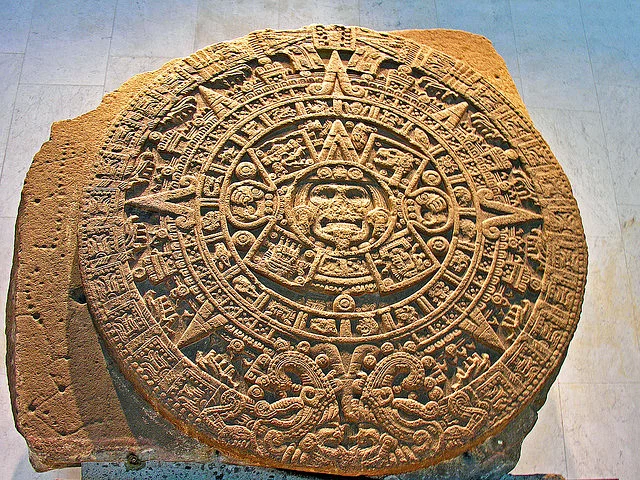
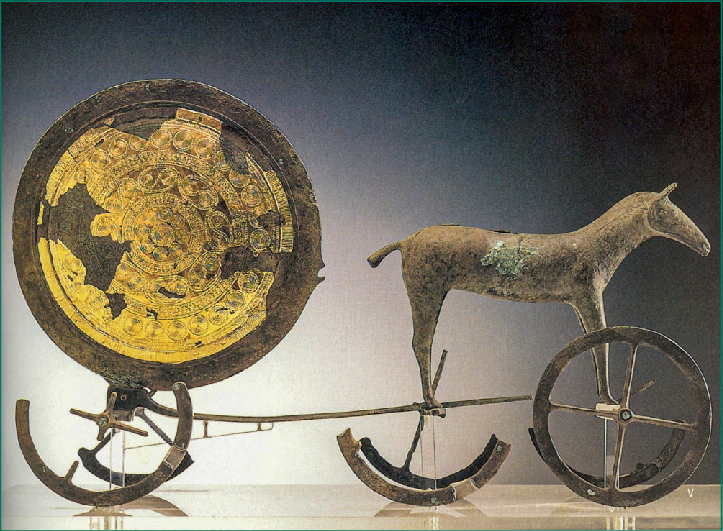
From the radiant sun discs of ancient Egypt honouring Ra, to the intricate depictions of Surya in Indian temples, and the golden solar motifs found in Incan and Aztec artefacts, the imagery of the sun has consistently symbolised illumination, power, and cosmic order. These recurring visual elements—rays, chariots, lions, and eagles—transcend geographical boundaries, reflecting a shared human reverence for the sun as a life-giving force. Through art, cultures have woven the Solar deity into their spiritual and political narratives, leaving behind a rich legacy of symbolic expression.
Sun God Worship Practices in Ancient Civilizations
Worship practices dedicated to the Sun God varied widely across ancient civilizations. From grand temples to sacred rituals, Sun worship was a central element of many ancient religions. Rituals often included sacrifices, offerings, and the building of structures like pyramids and temples designed to align with solar events like solstices and equinoxes. The ancient Egyptians celebrated the sunrise with prayers to Ra, while the Inca honoured Inti with feasts during the summer solstice.
The Significance of the Sun God in Aztec Religion
In Aztec religion, Huitzilopochtli, the Sun God, was one of the most important deities. He was not only the Sun God but also a god of war and human sacrifice. The Aztecs believed that the Sun had to be constantly fed with the blood of sacrifices to ensure its rising each day. Huitzilopochtli’s myth emphasized the struggle between light and darkness, and the daily sacrifice of human lives was considered essential to keep the Sun’s power strong.
Sun God Worship Practices in Ancient Civilizations
Worship practices dedicated to the Sun God varied widely across ancient civilizations. From grand temples to sacred rituals, Sun worship was a central element of many ancient religions. Rituals often included sacrifices, offerings, and the building of structures like pyramids and temples designed to align with solar events like solstices and equinoxes. The ancient Egyptians celebrated the sunrise with prayers to Ra, while the Inca honoured Inti with feasts during the summer solstice.
Myths and Legends Associated with Sun Gods
Sun gods were central to many myths that explain the creation of the world, the cycles of nature, and the relationship between gods and humans. Whether it’s Ra’s daily battle with the serpent Apophis, Apollo’s tragic love stories, or the Aztec belief that the Sun needed constant nourishment, these myths show the powerful role the Sun played in shaping ancient worldviews.
Final Thoughts
From Ra in Egyptian mythology to Apollo in Greek mythology, the Sun God has been a significant figure in ancient religions across the globe. Sun worship is a practice that not only reflects the importance of the Sun for survival but also the symbolic role it played in creating and sustaining life. The myths and legends surrounding solar deities highlight the enduring influence of the Sun in shaping human culture, religion, and art. Whether seen as a bringer of light or a powerful force of nature, the Sun God remains one of the most revered and enduring figures in mythology.
